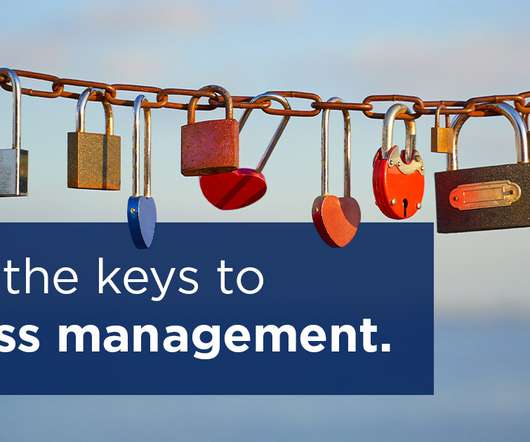How to use data detection and response (DDR) to gain early warning into data leakage from insider threats
Laminar Security
DECEMBER 11, 2023
Another report by the Ponemon Institute found that the average cost of an insider threat incident had increased from $15.4 DDR is a data security solution that leverages artificial intelligence, machine learning, and behavioral analytics to monitor, detect, and respond to data activity across endpoints, networks, cloud, and applications.














Let's personalize your content